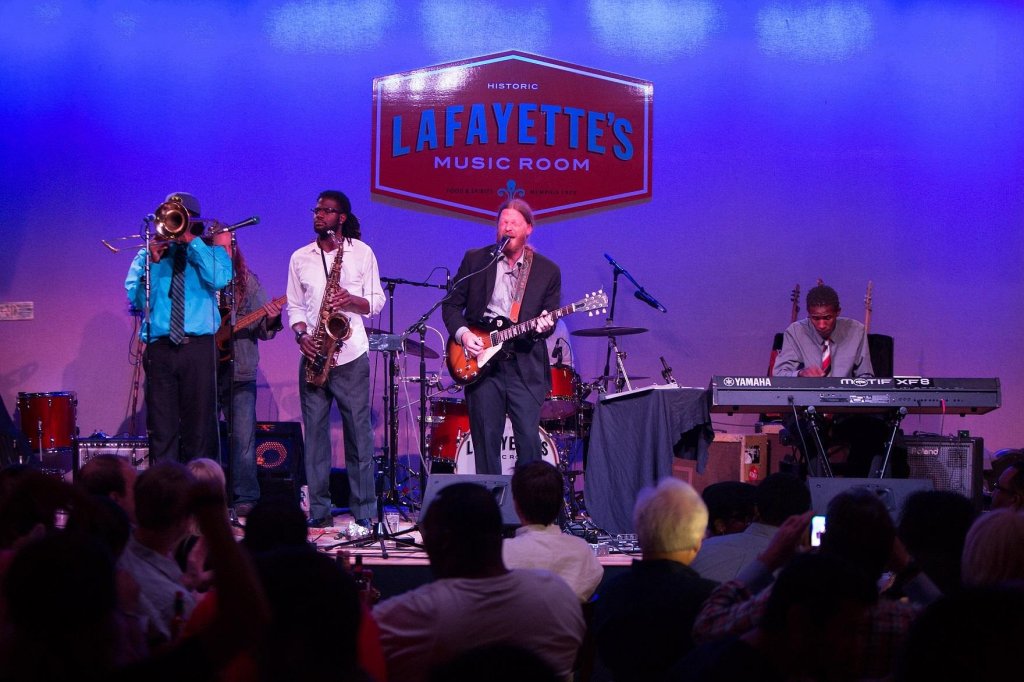Over the last 30 years, many libraries have transformed into multi-media hubs.
They offer tools like free Wi-Fi and computer access, along with scheduled programs and classes geared toward kids, young adults, and adult learners.
They even serve as an important third space. For example, public libraries are often the first option for parents to meet with children as they navigate new custody arrangements.
The library is a safe space for the community—and a free one, at that.
But they aren’t always the most picturesque locations, especially not compared to classic libraries from the old world like Oxford’s Bodleian or Barcelona’s Biblioteca de Catalunya. The average US public library has no grand halls with towering shelves, polished woodwork, and stately tables with green-tinted lamps.
But that doesn’t mean there aren’t a few gems out there. While most of the US’s most beautiful public libraries can be found in major cities, you might surprised to learn what else is out there.
This time, we’re not judging a book by its cover—we’re judging libraries by their interiors.
Most beautiful public libraries in the US
New York Public Library

- Constructed: 1895
- Style: Beaux-Arts
- Location: Manhattan, NYC
This famous library is the fourth-largest public library in the world—so don’t get lost. This iconic building stands out with its dominant Beaux-Arts style, which borders on Brutalism. It’s known as a local haunt for New Yorkers, who enjoy people-watching on its steps, perusing its shelves, and even getting hitched.
Boston Public Library

- Constructed: 1848
- Style: Renaissance & Beaux-Arts
- Location: Copley Square, Boston
I can’t believe the Boston Public Library isn’t at the top of stunning library lists—and that it’s not as well-known as the New York Public Library. The McKim building looks like something out of a fairytale, calling back to Europe’s Baroque and Renaissance characteristics. Though its exterior is grand and cold, its interior is warm and stately.
If you’re in town, check out the tours offered by the library.
Los Angeles Central Library
- Constructed: 1925
- Style: Modernist & Beaux-Arts
- Location: Downtown Los Angeles
From the outside, it almost looks like a citadel. This towering, cement structure defines part of Downtown Los Angeles… but it’s the inside that counts, once again. The Central Library has notable features like statues, sculptures, and murals, along with grand chandeliers. My favorite is the picturesque rooftop garden.
State Library of Iowa’s Law Library

- Constructed: 1886
- Style: Victorian
- Location: State Library in the Capitol Building, Des Moines
This stunning library is part of Iowa’s State Library, located in the capitol building in Des Moines. This library is open to the public but, given the focus on law books, is most often used by lawyers and students.
Personally, I wouldn’t be too focused on the books in this library. It isn’t quite like anything I’ve seen before with its ornate, Victorian design that’s both colorful and playful.
It’s a marked departure from the austerity normally found in libraries, especially those focused on law.
Harold Washington Library Center

- Constructed: 1991
- Style: New Classic Postmodernism
- Location: South Loop, Chicago
Who says gorgeous architecture can’t be modern? While dozens of municipalities around the US have constructed modernist libraries, Chicago’s former mayor opted for a more classic design for the 1991 rebuild of the city’s public library.
It’s absolutely gorgeous, having overemphasized those classic postmodern design features that many Americans love. It touches on many of the features of older libraries while offering a more daring, modern composition. The building also employs brick—a classic Midwestern choice.
My favorite part is the winter garden with a glass ceiling, located on the ninth floor.






